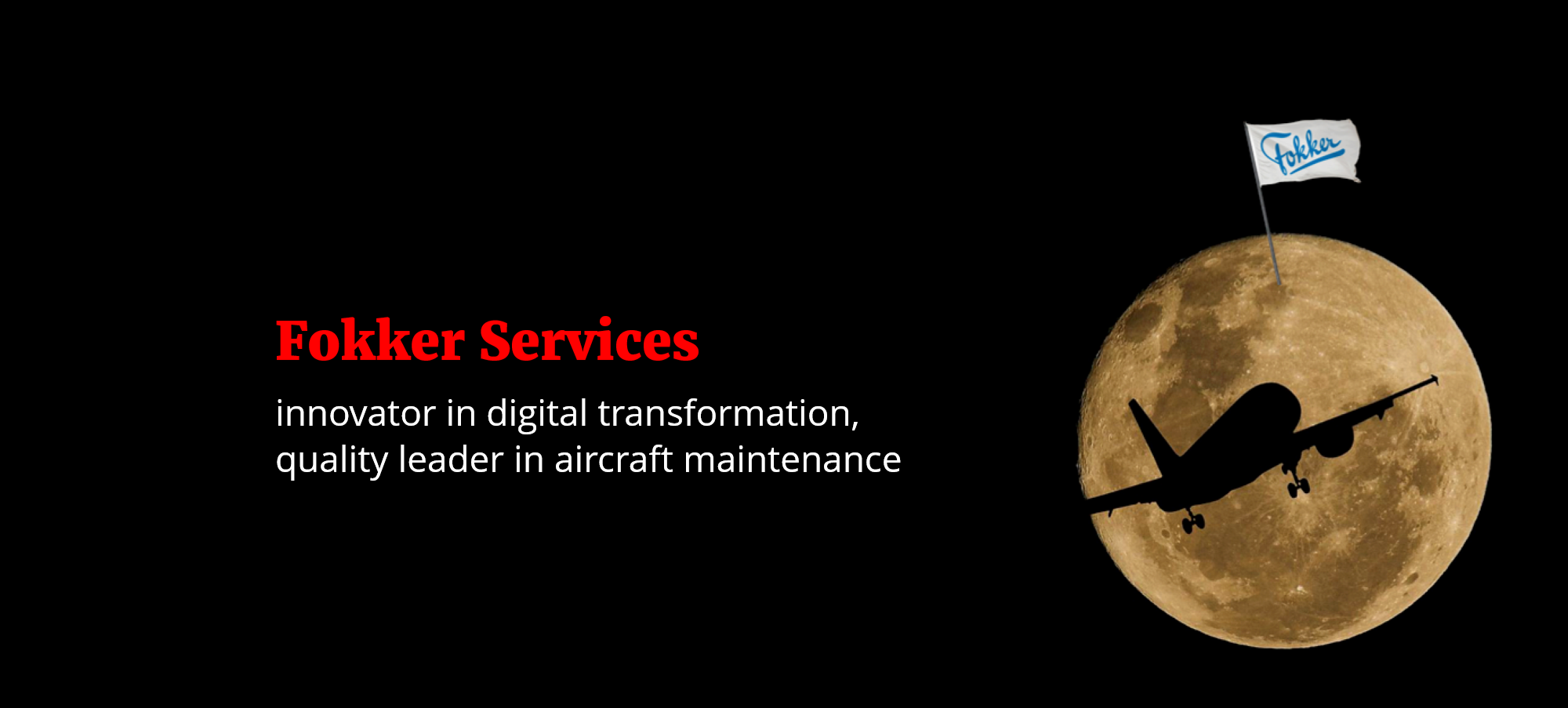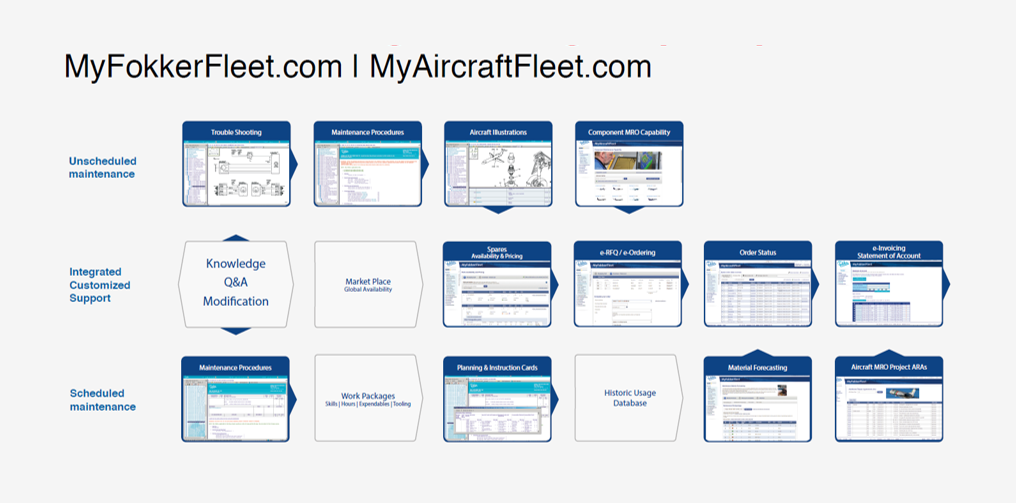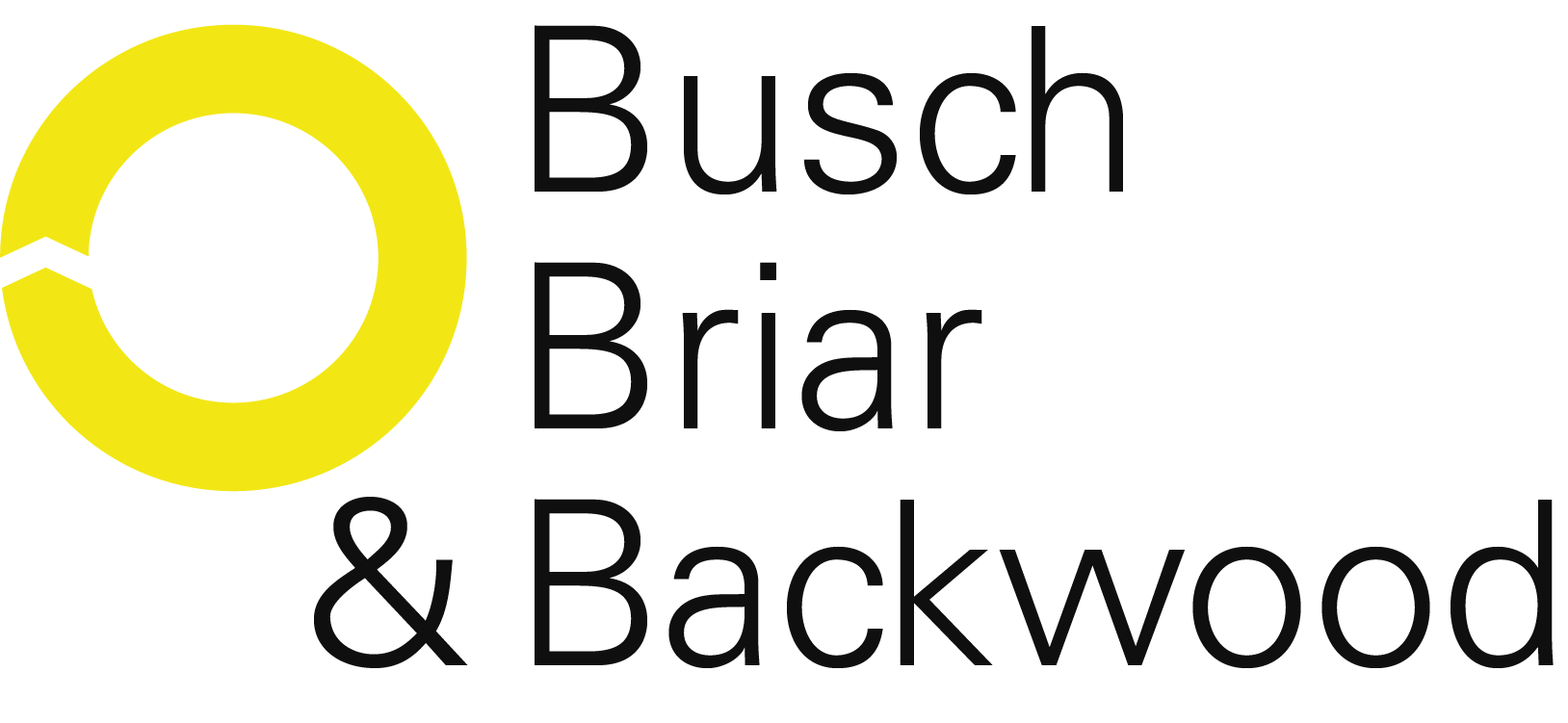
Fokker what? Fokker Services. A brand that is not familiar among the wider public. Still a world-class player in digital aircraft maintenance, outperforming the ‘big guys’ like Airbus and Boeing. Fokker Services is a success story of a traditional company that – after aircraft manufacturer Fokker went bankrupt in 1996 – managed, with their partner The Valley, to go through a successful digital transformation. To become an e-commerce driven enterprise. Valued by their clients as best in class for years on end. The recipe: ‘Putting their flag on the moon’ and execute and implement according to the envisioned strategy. This is a short story of what 20 years of digital transformation can bring. With 10 ‘rules of engagement’ that brought them this success.
Making a virtue of necessity
A peculiar situation arises when the successful aircraft manufacturer Fokker goes bankrupt in 1996 as the Dutch government is no longer willing to support them financially. At that moment some 1,200 Fokker aircraft are still in full operation in the fleets of airlines around the globe. Knowing that aircraft only make money when they are up in the air. E.g. time is money. As the official type-certificate holder Fokker is the only company authorized to perform maintenance activities on these Fokker aircraft. With the merger of relevant departments and the related ICT systems, Fokker Services was born. At that time with a traditional product-oriented organization, working on ‘ancient’ back-end systems.
If you do it, do it right
That was their mantra. As during the first years of their launch Fokker Services, clients were not exactly spoiled. Fokker Services was a reactive organization. Where clients were compelled to take the initiative. Answers to questions asked had long lead times. Service levels were relatively low, partly due to inefficiency owing to the many, traditional ICT systems. For that reason they ‘put the flag on the moon’ with an ambitious mission:
“Fokker Services is the most innovative aviation service provider of the Continued Competitive Operation of your fleet”
A bold statement. From the year 2000 that marked the start of a process that we nowadays call digital transformation. The vision and relentless ambition were there to onboard on this journey. At the same time, Fokker Services realized they needed to hook up with a partner to develop their digital ecosystem. The Valley became their agency. Because of their experience in the design and build of digital environments. But also for reasons that they proved to be a reliable co-pilot: the ability to step into Fokker Services’ shoes and make the right steps in the right sequence. This resulted in a roadmap (see figure below) for the development of MyFokkerFleet.com – and later MyAircraftFleet.com for servicing aircraft other than Fokker makes – enabling airlines to get the best possible return from their fleets.

Digital transformation in 3 stages
Digital transformation, in this case, means, also, to turn the company from a product-oriented into a customer-oriented organization. Obviously not an over-night operation. Therefore, we took a 3-staged development approach.
01. Information and parts availability
At the first stage, all relevant information from various back-end systems was disclosed via a ‘web shell’. The purpose: make product information available and provide insights into stock levels for spare parts via an e-commerce shop. This provides customers with instant answers to their questions. And it enabled them to place orders directly, without manual intervention by Fokker Services staff. This resulted in not only higher customer satisfaction. But also a 70% reduction in quotation requests via telephone and email. As well as a 40% reduction in the number of technical queries.
02. Planned and unplanned maintenance
In phase 2 we focused on the automated support of (un)planned maintenance. The first step was the digitization of the user manuals. From shipping 2 pallets of orders per aircraft every 3 months to full access via a simple digital user interface. And, of course, accessible through tablets ensuring for aircraft maintenance engineers to have direct on-the-job access. This yielded structural yearly cost savings in the number of millions of euros.
Consequently, we integrated these digital maintenance manuals in the logistics and supply chain processes enabling customers to do one-click ordering from these digital manuals. In addition, we facilitated customers in the preparation of maintenance jobs for individual aircraft. This resulted in a strong decrease – from a full-month FTE to only 5 minutes – in the amount of work for clients.
Connecting the aircraft maintenance manuals to both the actual number of flight hours per aircraft and historical sparer part consumption we were also capable of creating a highly effective material forecast with simultaneous strong cost reductions. And, last but not least, the substantial increase in supply chain transparency in more effective aircraft maintenance operations. Executed by both airlines’ own maintenance departments as well as by Fokker Services themselves.
In conclusion, with this set of measures, we realized a much shorter maintenance cycle. Resulting, at the same time, in a giant leap in customer satisfaction.
03. Digitization of supply chain and ordering processes
During the 3rd stage, we focussed on the completion of the entire order/maintenance cycle. With a full front-end integration of the back-end systems. And we made a direct punch-out) connection between customers’ ERP systems and the systems of Fokker Services. Also, we made all information with regards to orders, order documentation, tracking & tracing and invoices available in the customer e-commerce portal of individual airline customers.
The result: a substantial drop in yearly structural ordering costs (EUR 1 mio+) with a simultaneous reduction in the number of order-related questions.
Hands down best-in-class
The digital transformation we made happen has certainly paid dividends. MyFokkerFleet.com and MyAircraftFleet.com are rated by their customers, who also operate aircraft by Airbus, Boeing, and Ambraer, as best in class in their profession. For years on end now. An additional benefit is that making this digital transformation, Fokker Services has been able to extend the economic life expectancy of their aircraft. With a positive impact on their own result projection for the years to come.
The 10 ‘Rules of Engagement’
This strongly e-commerce and customer experience-oriented digital transformation was not an overnight operation. To start with it required boardroom buy-in, commitment from within the organization, a shift from product- to customer-orientation. Looking in hindsight to what we have achieved so far, the conclusion is that below ‘rules of engagement’ made a strong contribution.
- The right (wo)man for the job You need someone who will lead the pack. Willing to stand on the barricades. Someone with vision and drive, capable of creating buy-in on all organizational levels. A true mediator.
- Budget and mandate from the Board As a kind of Product Owner you need to have arm space, mandate, and budget to get things running.
- Do not get over-organized Forget about separate departments and stringent procedures. Make it possible in the organization as it is.
- Think customer first Step into your customers’ shoes. Determine the ideal customer journey. And, consequently, translate it into a roadmap with predefined projects.
- Involve your customers from day 1 Digitization of your business also means a new way of working for your customers. Every reason to involve from the very start (co-creation). And start doing things. That will yield progressive insights in your favor.
- A true partnership between organization and agency In the engagements with your agency work together as a team. This will allow you to leverage each other’s strengths. Which always results in better ideas and results.
- Work ‘agile’ Plan a yearly budget for continuous development and implementation. And fund your activities as much as possible with the returns from within the digital transformation program (higher yield and efficiencies).
- Do not make assumptions, test ideas Assumption is the mother of all f**k-ups. Test your ideas. There was quite a lot of skepticism around an app to check parts availability. Which in practice turns out to be successful and heavily used.
- It calls for total commitment Digital transformation is not just something you do on the side, next to your own daily job. For creating and maintaining traction you need a dedicated resource.
- Take time for reflection It is important to once in a while lean back and ask yourself questions like: am I spending my time on the right things? Is it time to adapt course? That ensures that you stay on top as well as innovative.
